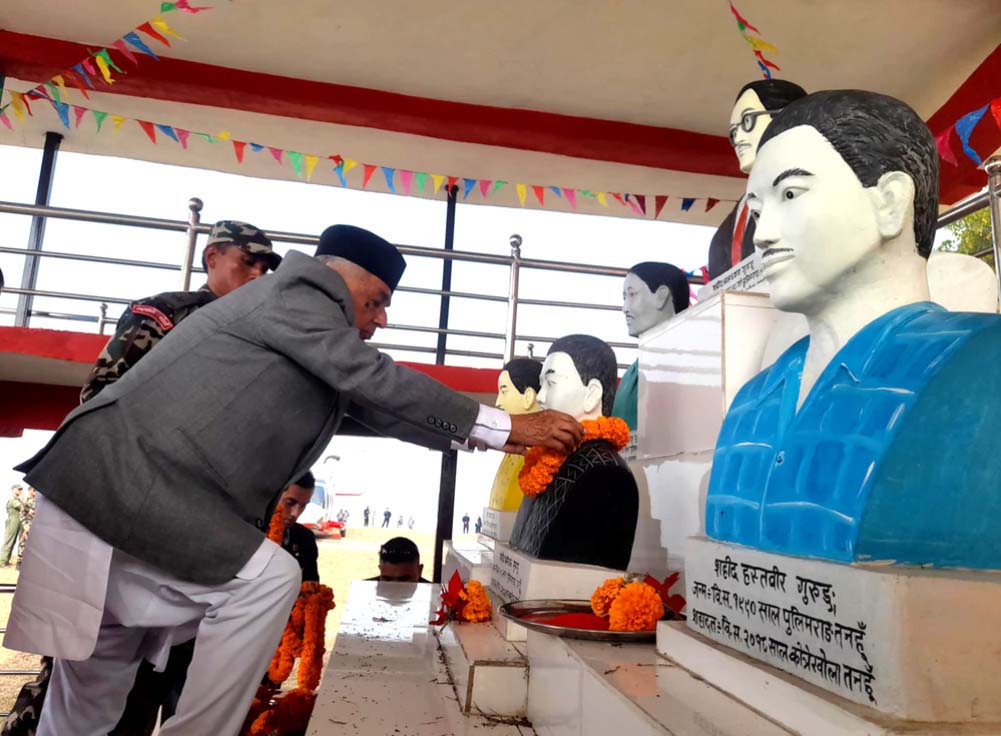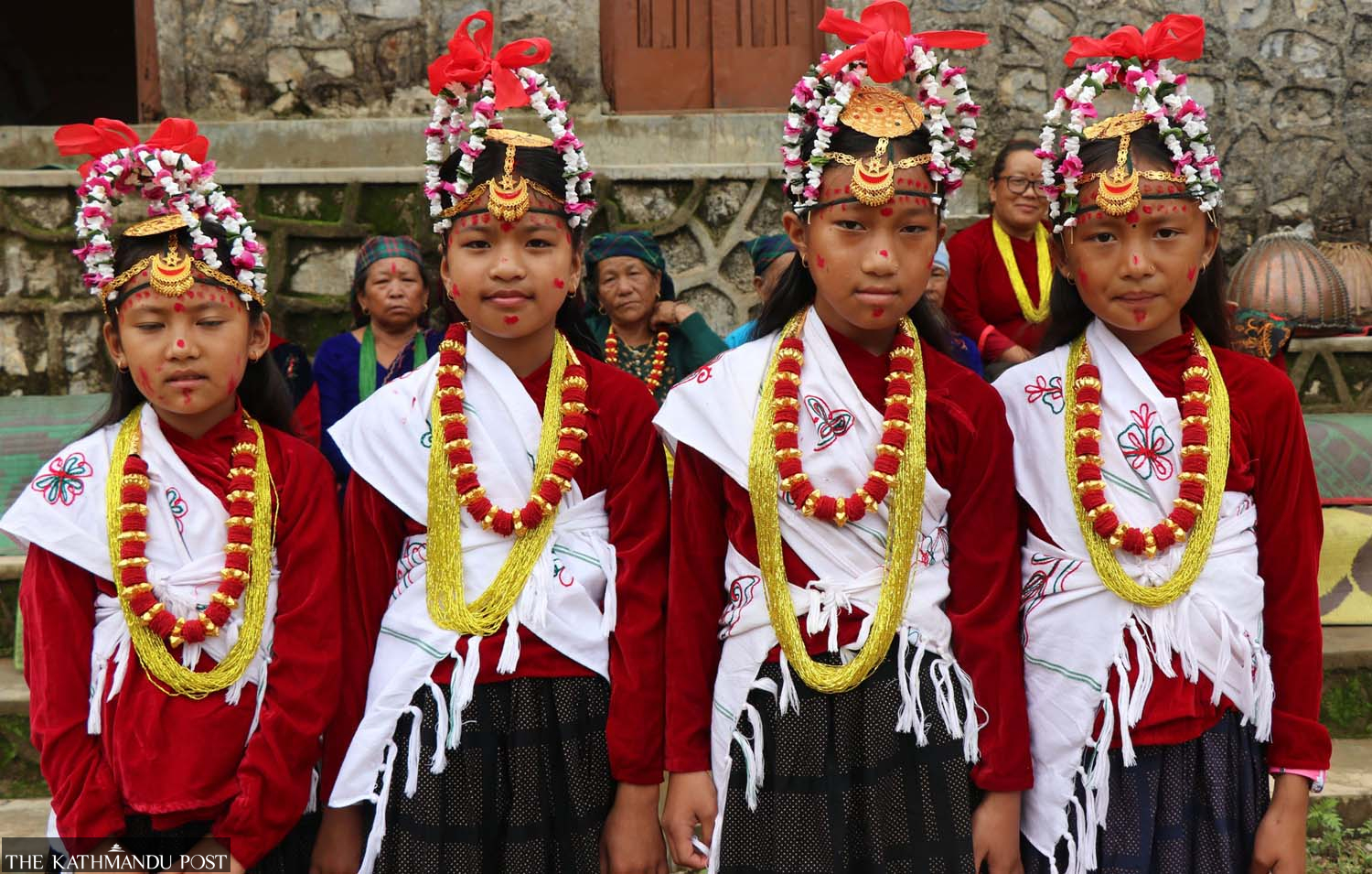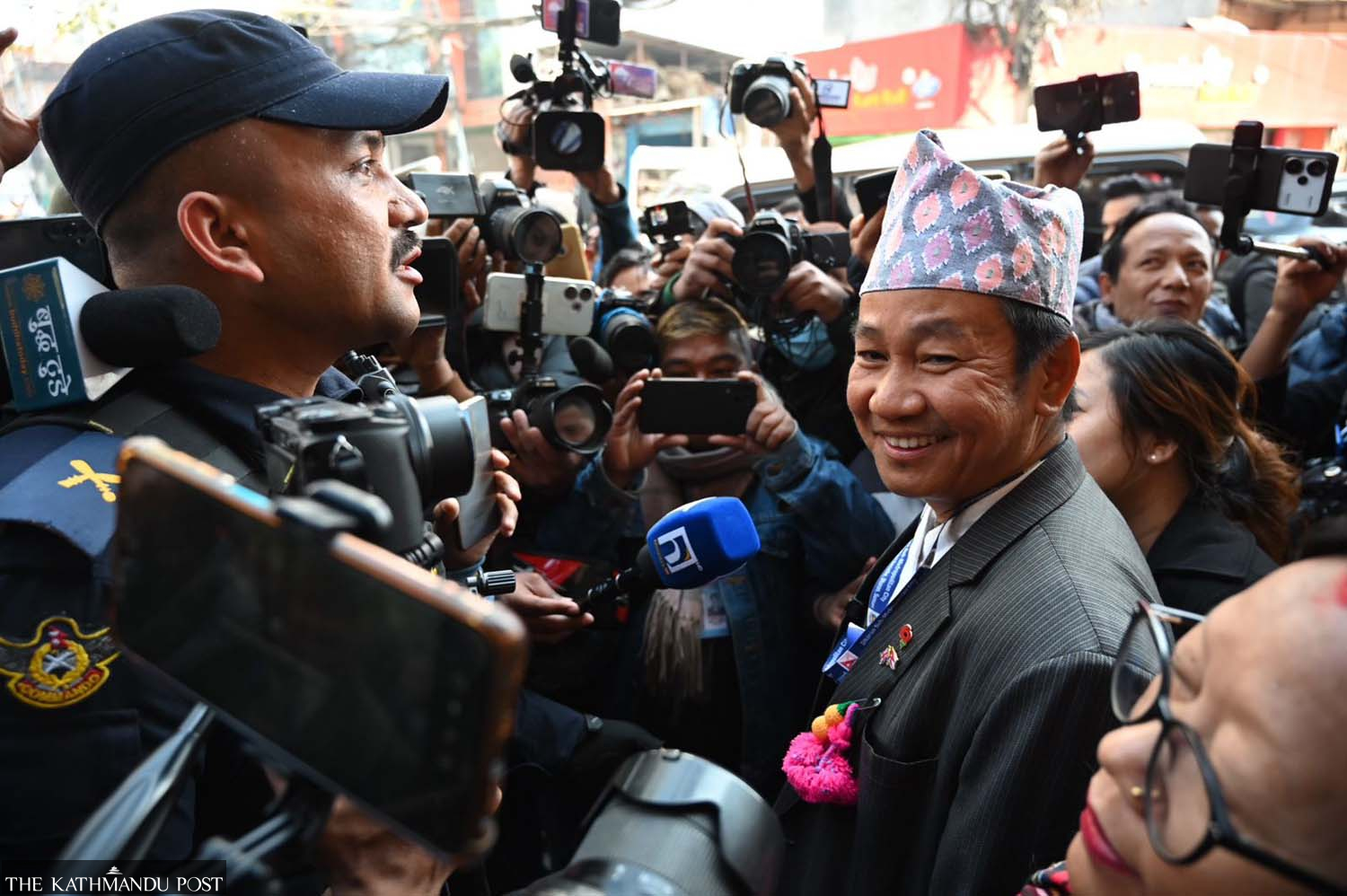Visual Stories
More power: Women in villages becoming self-sufficient
The installation and operation of a renewable energy source has opened up means of employment for women living in rural parts of the country..jpg)
Prakash Chandra Timilsena
Four years ago, Dura Devi Bhandari, a 45-year-old woman from Mohanyal rural municipality, Solta Bazaar, Ward 6, Kailali used to wake up at 4 o'clock in the morning to use a traditional dhiki (husk lever). But now, the laborious task of using the dhiki early in the morning feels like a distant past. After the solar mini-grid started operating in her village, Bhandari uses an electric mill to make rice flour. “Solar has made my work very easy,” she says. Bhandari isn’t the only woman in the village whose life has been made less arduous since the installation of the solar grid. Thanks to the electricity produced by the grid, the women of Solta Bazaar have been running various businesses--a medical shop, an electronics shop, a computer training institute and more.
A total of 65 kilowatts of electricity is produced from the Sugarkhal solar mini-grid. The electricity was produced and distributed from March 26, 2019 to two hundred and eighteen households. The money collected as the charge for using the electricity is again given to the community in the form of business loans.
.jpg)
Similarly, Khumisara Shrestha, aged 45, of Chaukune rural municipality, Ward 8, Guttu, Surkhet opened the ‘Shrestha Hotel and Lodge’. Her husband runs an electrical shop nearby. Along with running the hotel, Shrestha also helps her husband in the shop. Shrestha repairs watches, radios and fixes mobiles. She also trains women to repair electric devices. "I feel independent ever since I’ve been running the hotel, I don't have to ask my husband for the money. I can go anywhere I like, eat what I want and buy any clothes I like. On top of that, I also manage the expenses of our family.” says Shrestha.
Around 100 kilowatts of electricity is produced from the Guttu solar mini-grid. The electricity was produced and distributed from April 28, 2006. Three hundred and forty-four households benefit from it.
.jpg)
Like Shrestha, other women of Guttu are successful businesswomen. They run beauty parlours, grocery shops, garment shops and tailoring centres. Like in the case of Solta Bazaar, the money collected from the solar grid in Guttu has given business loans to 32 individuals.
According to the Ministry of Energy, just 1.94 percent of the nation's total installed capacity of more than 2200 megawatts—or about 44 megawatts—of solar energy had been connected to the national grid as of the recent fiscal year 2021–22. Given that Nepal is prone to earthquakes and landslides that could at any time disrupt hydropower facilities, experts say the nation has to diversify its energy mix to ensure energy security. Nepal wants to ensure that hydropower and other renewable energy sources can meet 15% of its energy needs.
.jpg)
The solar grids in both locations were built by Asian Development Bank and the local government, with technical support from UNDP. The installation and the subsequent operation of the solar grids have proven to be a boon for the villagers—especially women. The introduction of electricity has opened up means of employment, and self-sustainability as well as an easier way of life for the women.
.jpg)
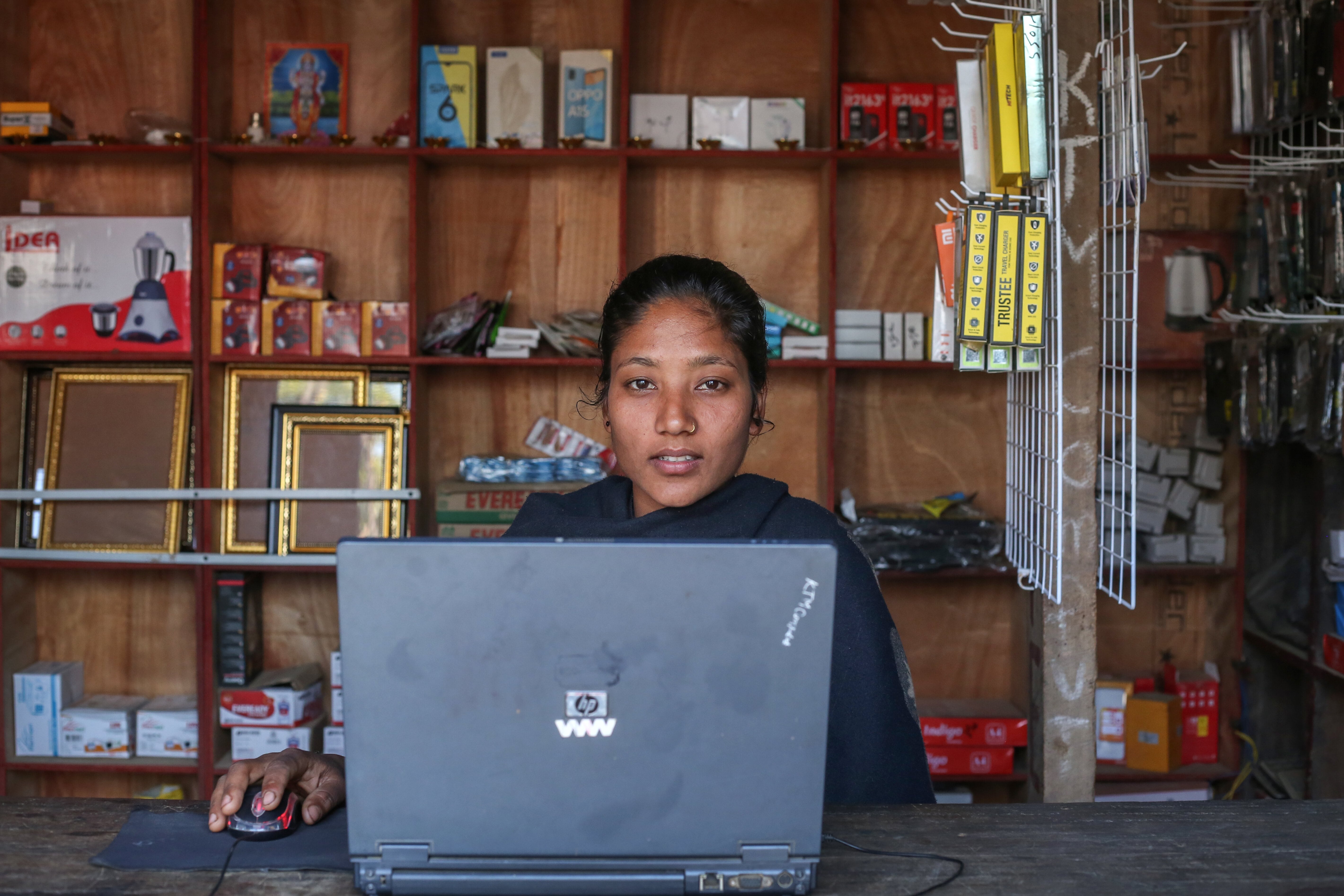

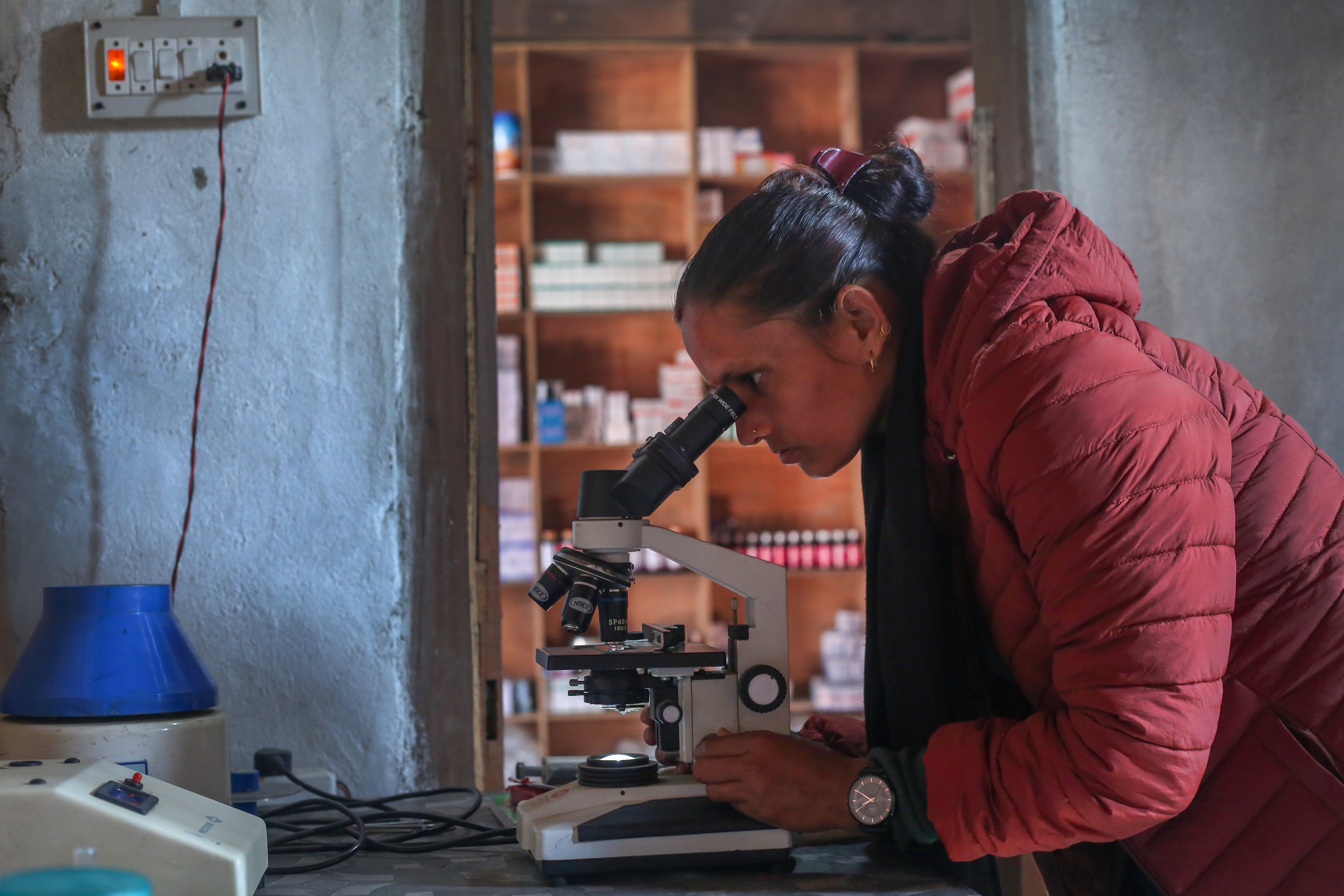





 10.12°C Kathmandu
10.12°C Kathmandu.jpg)

